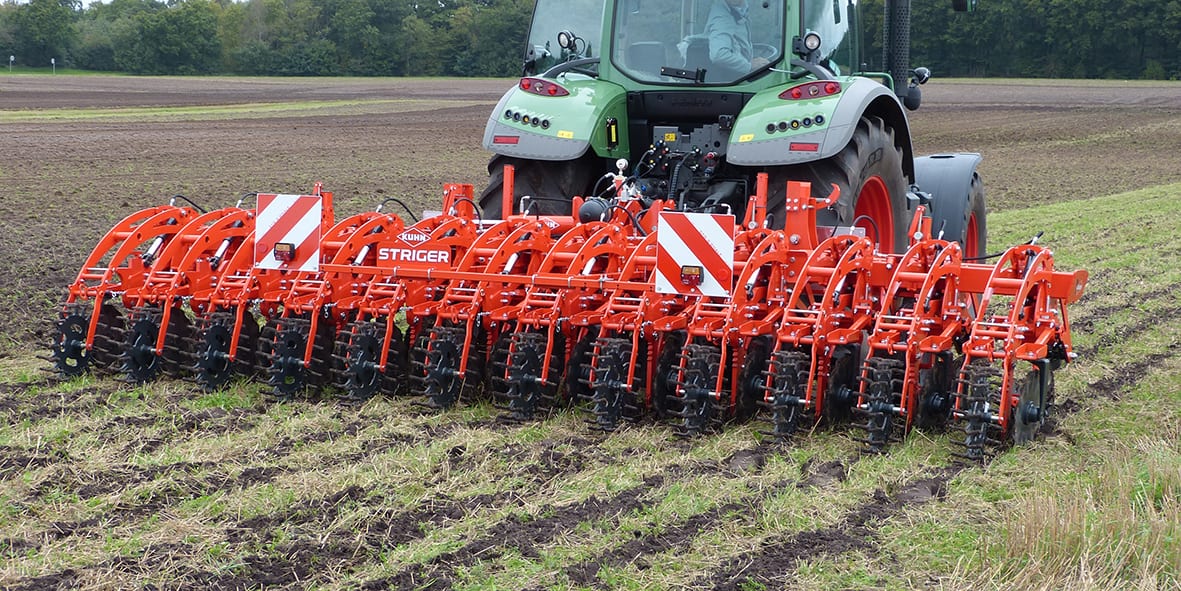The dry, warmer-than-normal growing season this year presents significant challenges for managing soil and crop residue this fall.
Excessively dry soil conditions this season make field preparation and tillage this fall challenging, even though a dry soil condition is preferred for conducting tillage operations. The advantage of having low soil moisture for tillage is a reduced impact of equipment traffic in causing soil compaction and ruts in the field. However, soil disturbance under dry or any other conditions destroys soil structure and increases the potential for soil erosion after any rain events and the loss of soil organic matter, top soil, and nutrients.
The lack of soil moisture, especially in the top 12 inches where most tillage occurs, can produce unfavorable conditions for soil fracturing. The excessive dry soil conditions can produce large soil clods that are not easy to break with secondary tillage in the spring. Also, tilling excessively dry soils can be costly in terms of fuel and time use as compared to soils with normal field moisture at field capacity. The effectiveness of incorporating crop residue may be limited and the lack of moisture will reduce the breakdown of crop residue.
The best option for managing dry soils and crop residue under dry conditions is to limit soil disturbance and keep residue on the soil surface. Crop residue can help mitigate drought conditions by trapping rain and snow moisture to recharge the soil profile for the following season. It has been documented that keeping residue standing with no-till on the soil surface can trap 70% more of the water in rain or snow melt than conventional tillage. The water storage capacity of soil will be greater than that with conventional tillage, where soil structure is destroyed. Crop residue and tillage consideration for this fall is highlighted in this article: https://crops.extension.iastate.edu/blog/mahdi-al-kaisi/residue-management-consideration-fall
Conservation practices play a major role in managing soil moisture. The absence or reduction of soil disturbance in no-till both minimizes soil moisture loss from the soil’s surface and maximizes soil moisture storage. They also enhance beneficial soil physical properties such as increased water infiltration, maintenance of soil macropores, and reduction of surface runoff during rain events, thus increasing soil moisture storage.
Generally, every tillage pass can cause the loss of 1/4 inch of soil moisture. However, this number varies based on soil texture, soil organic matter content, and the amount of residue on the soil surface. Thus, with the unpredictability of weather and to insure maximum soil moisture storage, precaution should be exercised in using tillage to manage dry soils this fall, and farmers should keep residue upright on the soil surface to increase the soil profile moisture recharge.
Links to this article are strongly encouraged, and this article may be republished without further permission if published as written and if credit is given to the author, Integrated Crop Management News, and Iowa State University Extension and Outreach. If this article is to be used in any other manner, permission from the author is required. This article was originally published on October 19, 2020. The information contained within may not be the most current and accurate depending on when it is accessed.


